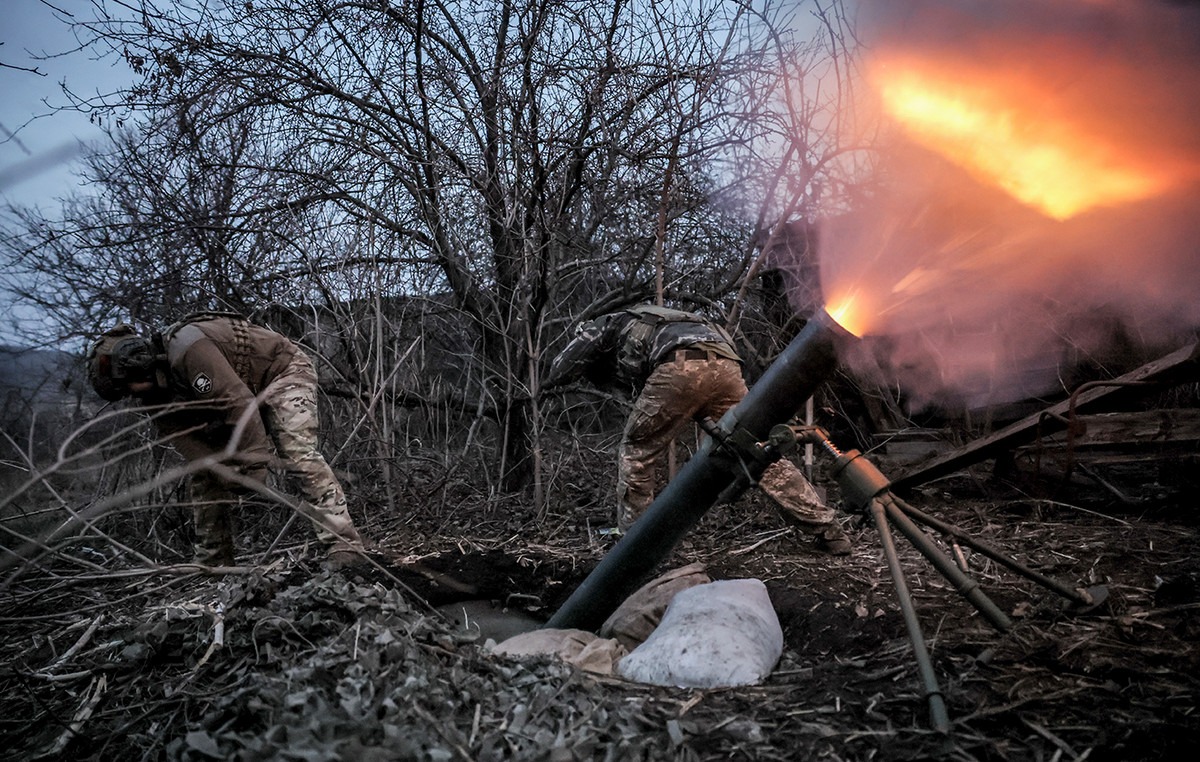Parts of icy Antarctica are turning green with plant life at an alarming rate as the region is affected by extreme heat events, according to new research, raising concerns about the changing landscape of this vast continent .
Scientists used satellite images and data to analyze vegetation levels on the Antarctic Peninsula, a long mountain range that stretches north to the tip of South America, and which has been warming much faster than the global average.
They found that plant life — mainly mosses — has increased more than 10-fold in this hostile environment over the past four decades, according to the study by scientists from the universities of Exeter and Hertfordshire in England and the British Antarctic Survey, published this Friday. -Friday at Nature Geoscience magazine.
Vegetation covered less than a square kilometer of the Antarctic Peninsula in 1986, but reached almost 13 square kilometers in 2021, according to the study. The pace at which the region is turning green has also accelerated over the past four decades, with an acceleration of more than 30% between 2016 and 2021.
Although the landscape is still almost entirely made up of snow, ice and rock, this small green area has grown dramatically since the mid-1980s, said Thomas Roland, study author and environmental scientist at the University of Exeter.
“Our findings confirm that the influence of anthropogenic climate change has no limit in its reach,” Roland told CNN . “Even on the Antarctic Peninsula — that most extreme, remote and isolated region of ‘wilderness’ — the landscape is changing, and these effects are visible from space.”

Antarctica, the coldest place on Earth, has recently faced extreme heat events. This summer, parts of the continent experienced a record hot wave, with temperatures rising to 27 degrees Celsius above normal from mid-July.
In March 2022, temperatures in some parts of the continent reached up to 39 degrees Celsius above normal, the most extreme temperature deviations ever recorded in this part of the planet.
As fossil fuel pollution continues to warm the world, scientists predict that Antarctica will continue to warm and this “growing vegetation” will likely accelerate.
The greener the peninsula becomes, the more soil will be formed, and the greater the chance of the region becoming more favorable for invasive species, which could threaten native fauna.
“Seeds, spores and plant fragments can easily reach the Antarctic Peninsula on the boots or equipment of tourists and researchers, or via more ‘traditional’ routes associated with migratory birds and the wind — and so the risk here is clear” , he said.

Increased vegetation could also reduce the peninsula’s ability to reflect solar radiation back into space, as darker surfaces absorb more heat.
These impacts would likely only be local, but could help further accelerate the growth of plant life as the climate continues to warm, said Olly Bartlett, one of the authors and senior lecturer in remote sensing and geography at the University of Hertfordshire.
“This iconic landscape could be changed forever,” he said.
Matthew Davey, associate professor of physiological ecology at the Scottish Association for Marine Science and an expert on polar plant and microbial ecology, told CNN that the study represents “an important advance” in understanding plant life in Antarctica.
There may even be more vegetation than identified, according to Davey, who was not involved in the research. The methods used by scientists would primarily detect larger, greener fields of moss, he said.
“But we know that there are also large areas of lichens, grasses, and greenish and red snow algae that also contribute to the vegetation in Antarctica.”
Although the actual increase in flora area is small, he added, the percentage increase is dramatic and shows “the trend that vegetation is spreading, albeit slowly, in Antarctica.”
The next step for scientists will be to study how plants colonize newly exposed areas of land as Antarctica’s glaciers continue to retreat.
*CNN meteorologist Mary Gilbert contributed to this report
This content was originally published in Green Antarctica: satellite images show effects of warming on the CNN Brasil website.
Source: CNN Brasil
Charles Grill is a tech-savvy writer with over 3 years of experience in the field. He writes on a variety of technology-related topics and has a strong focus on the latest advancements in the industry. He is connected with several online news websites and is currently contributing to a technology-focused platform.







